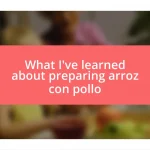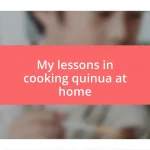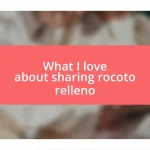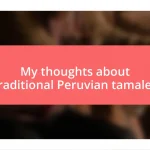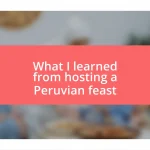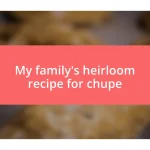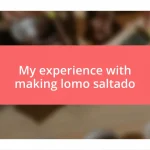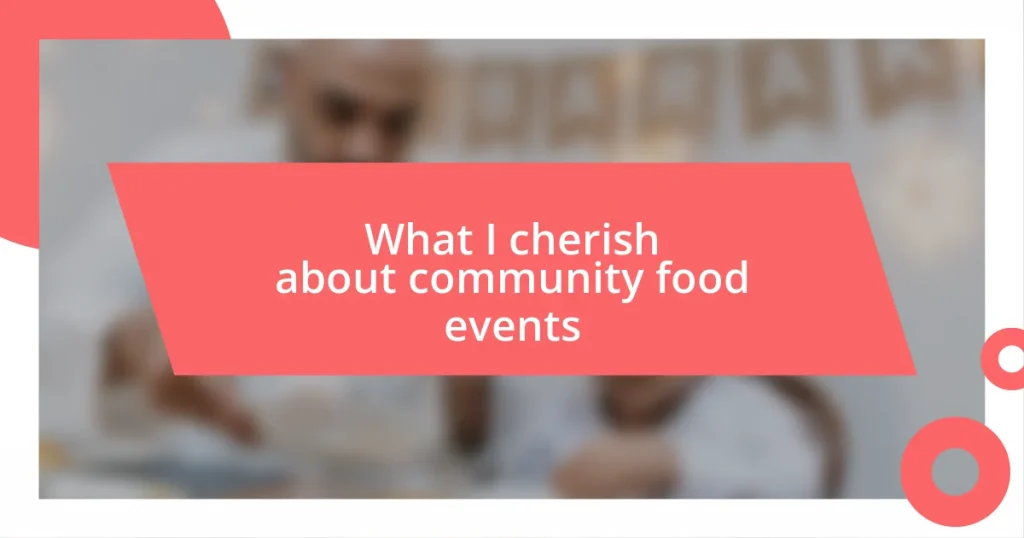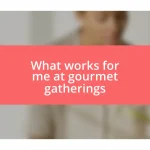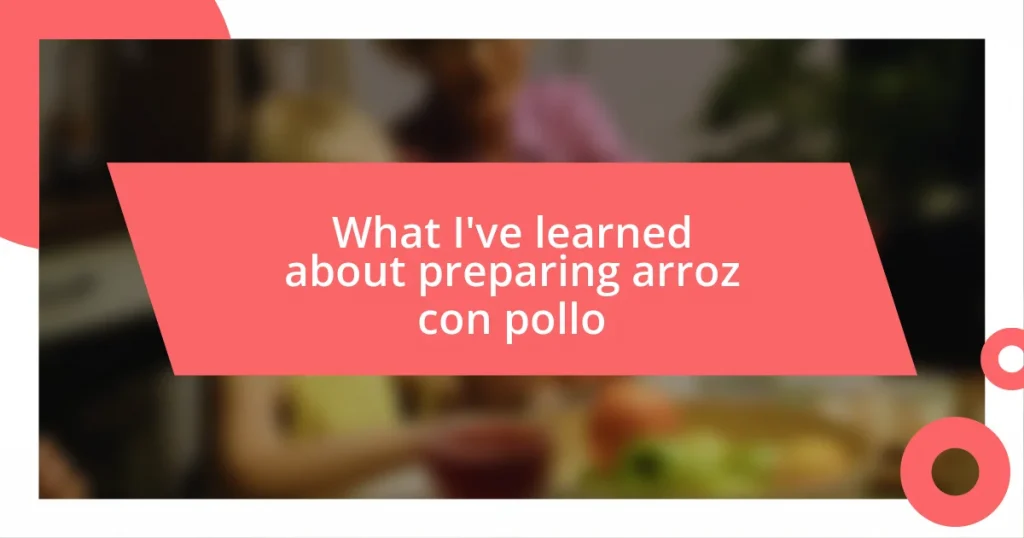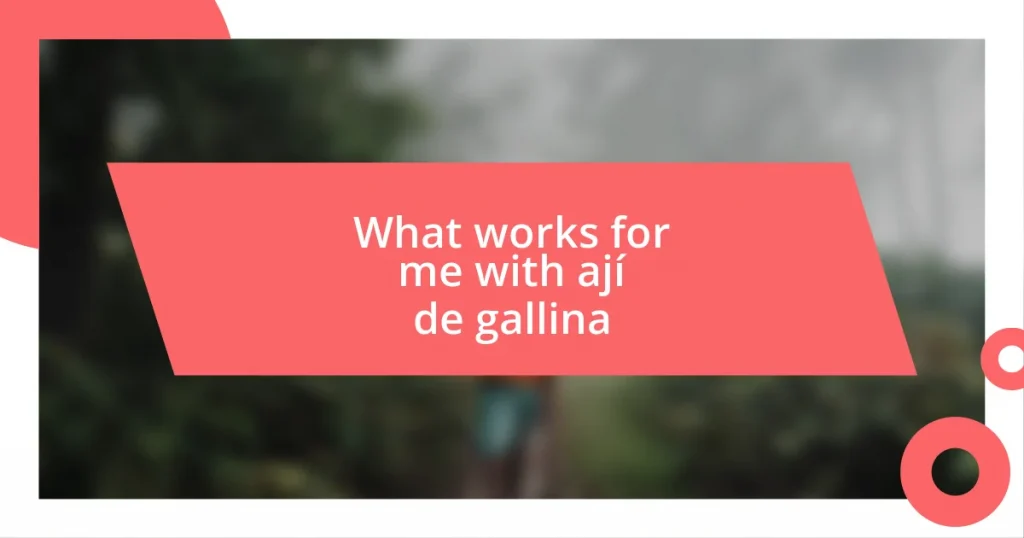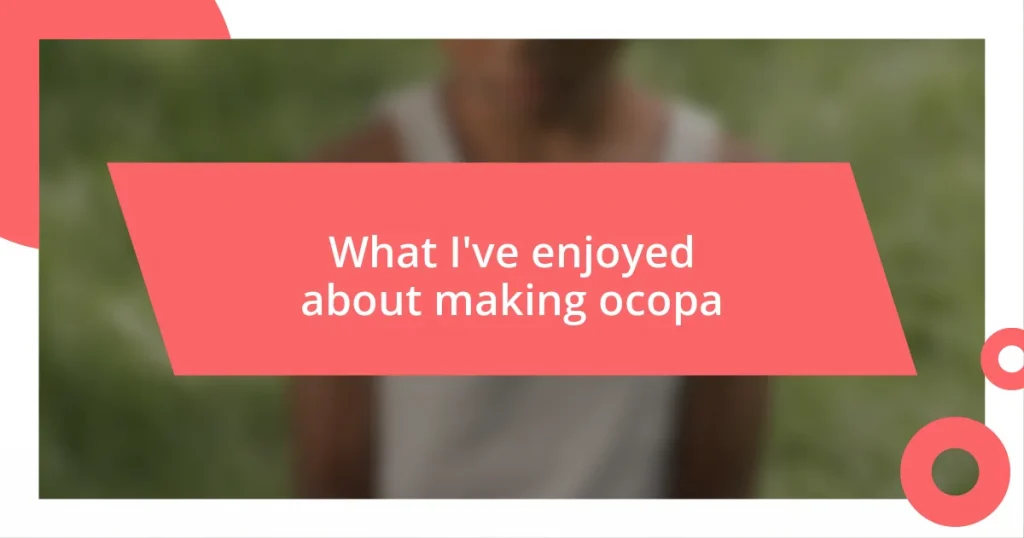Key takeaways:
- Community food events foster connections and relationships, allowing people to bond over shared meals and cultural exchanges.
- Supporting local vendors through purchases and promotion strengthens the community’s economy and creates a sense of belonging.
- Engaging experiences, such as themed potlucks and storytelling, enhance community involvement and create lasting memories around food.
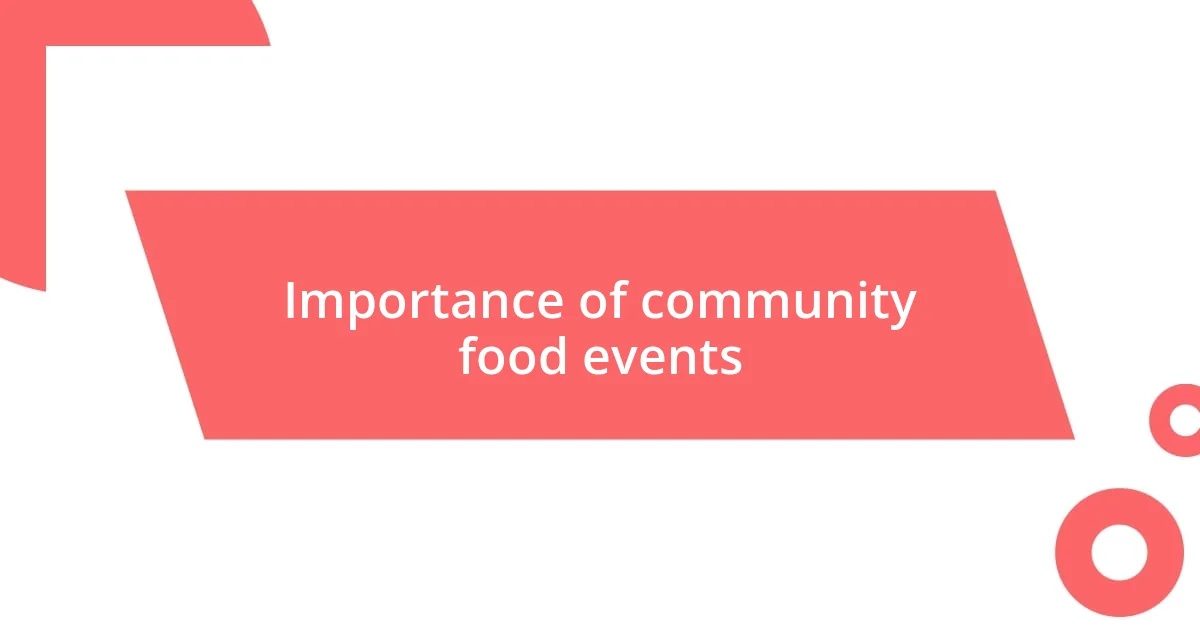
Importance of community food events
Community food events play a crucial role in bringing people together, fostering connections that often transcend cultural differences. I recall my experience at a local food festival where I tried a dish from a family-owned restaurant that I had never heard of before. The joy on the chef’s face as he explained the recipe was contagious, reminding me how food can bridge gaps and create shared memories.
These gatherings also highlight the importance of supporting local farmers and businesses. There’s something heartwarming about watching kids wander through vibrant stalls, their eyes lighting up at fresh produce and homemade treats. It’s in these moments that I realize how vital it is to cultivate a community that values and sustains its local resources. Isn’t it empowering to know that every bite we take can support our neighbors?
Moreover, community food events can serve as platforms for advocating healthier eating habits. I’ve seen firsthand how engaging cooking demos and nutritional workshops can inspire attendees to make better food choices. It’s fascinating to consider how a simple event can spark a ripple effect, transforming not just individual diets but the health of an entire community. Don’t you think it’s amazing how food can be a catalyst for positive change?
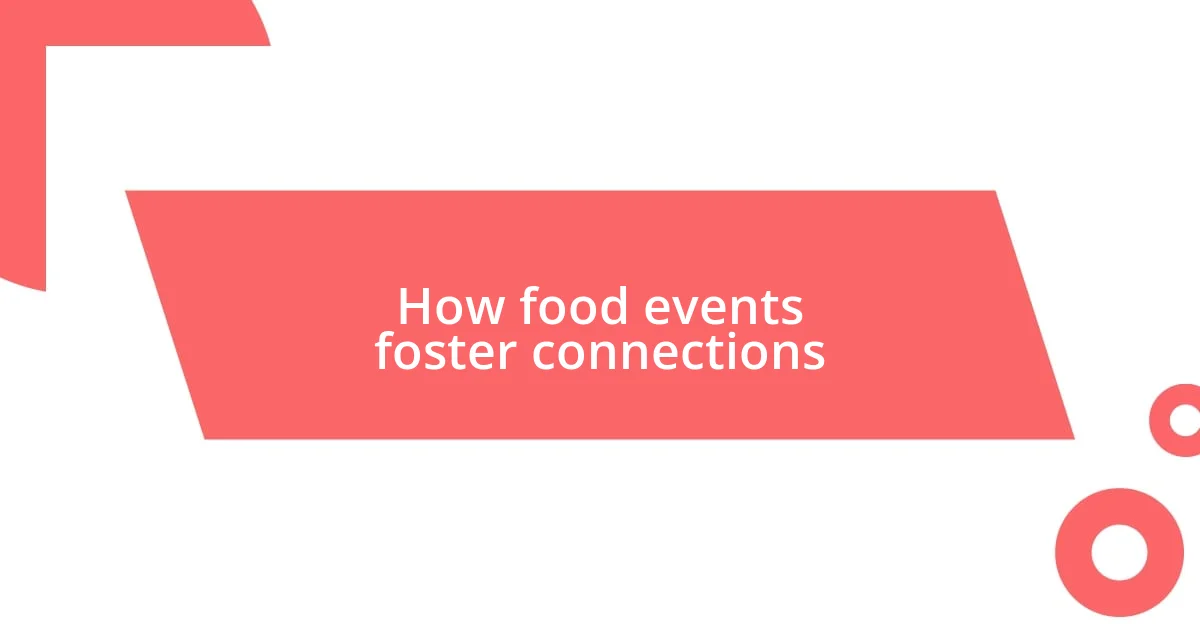
How food events foster connections
Community food events serve as unique meeting grounds where relationships blossom over shared flavors and experiences. I remember my first time attending a potluck in my neighborhood. Everyone brought their favorite dish, and as we gathered around the buffet table, stories flowed as freely as the food. That evening, I developed friendships with neighbors I’d seen around but never really talked to, all thanks to the simple act of sharing a meal. It reinforced the idea that food isn’t just about nourishment; it’s about connection.
At these events, the atmosphere is electric, filled with laughter and the sizzling sound of cooking. There’s a palpable sense of camaraderie when strangers unite over a dish or a shared culinary tradition. I’ve seen how people from different walkways of life come together, swapping recipes and tips. In those moments, the barriers that typically exist dissolve, and we find common ground in our love for good food. Isn’t it incredible how a meal can transform mere acquaintances into friends?
Moreover, these gatherings provide ripe opportunities for learning and cultural exchange. I once participated in a cooking demo at a local food fair where a woman showcased her traditional recipe from her homeland. As she shared stories of her childhood and her family’s culinary practices, I felt a deep connection grow, not just with her but with her culture. That’s the beauty of food events—they foster understanding by allowing us to experience each other’s backgrounds and traditions in a deeply personal way.
| Aspect | Impact |
|---|---|
| Building Relationships | Food events create a platform for forging new friendships and connections over shared meals. |
| Cultural Exchange | They provide opportunities to learn about different culinary traditions, fostering appreciation and understanding among diverse groups. |
| Creating Lasting Memories | The shared experiences at food events lead to cherished memories that strengthen community bonds. |
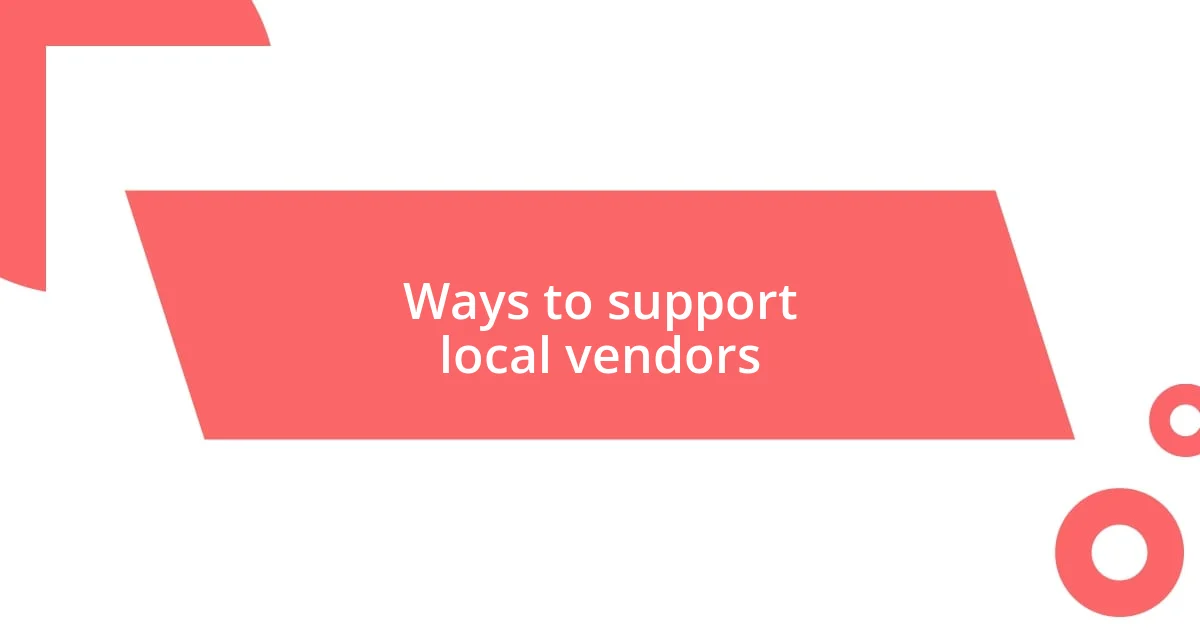
Ways to support local vendors
Supporting local vendors is not only essential for the community’s economy but also creates a vibrant tapestry of flavors and experiences. I remember when I decided to organize a small fundraiser at my favorite farmer’s market. The excitement in the air was palpable as local artisans and farmers showcased their goods. By promoting their stories alongside their products, I felt like I was weaving a stronger community fabric. It’s not just about purchasing; it’s about sharing their journey.
Here are some effective ways to support local vendors:
- Engage through Social Media: Share their posts, leave positive reviews, or write a blog about your experience with their products. This free exposure can significantly boost their visibility.
- Attend Their Events: Go to farmer’s markets, pop-up shops, or workshops they host. Your presence can make a real difference and show your support.
- Buy Local Products: Whenever possible, purchase items directly from vendors rather than larger retail chains. That way, your money stays within the community.
- Tell Friends and Family: Word of mouth is powerful. Encourage others to visit local vendors and share your favorites!
- Consider Volunteering: Offer your time to assist at events where local vendors are present. It’s a great way to form connections while giving back.
Maintaining these connections not only enriches our community but also builds relationships that stretch beyond just transactions. Recently, I bought honey from a local beekeeper and learned about the fascinating process they use. I found it inspiring how their passion transformed into flavorful products, reminding me that every purchase tells a story. Supporting local vendors truly feels like being part of something bigger, doesn’t it?
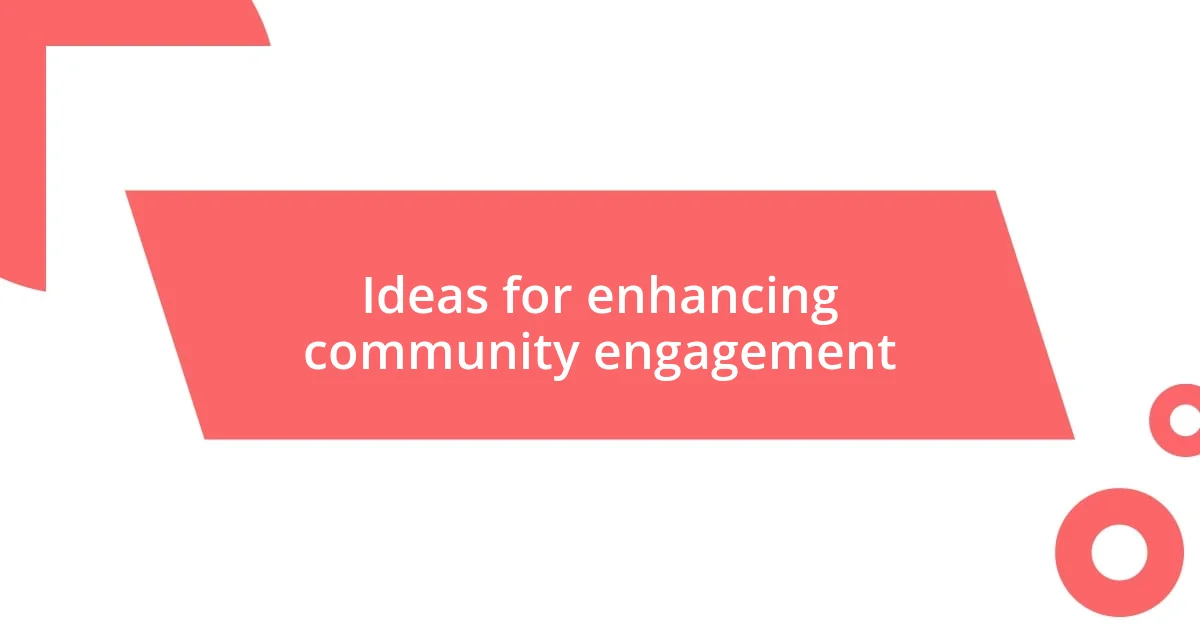
Ideas for enhancing community engagement
To enhance community engagement at food events, think about incorporating interactive cooking classes. I once attended a community event where we teamed up to prepare a dish together. The laughter and creativity that filled the room were infectious. People shared their tips, and the final meal felt like a delicious reward for our joint effort. Isn’t it remarkable how cooking together can break down barriers and foster new friendships?
Another approach that works wonders is encouraging local talent to showcase their skills. At a recent food festival, a local band performed while we ate. The energy was uplifting, transforming the event into not just a meal but a celebration. Music can elevate the atmosphere, making it so much more memorable. Have you ever thought about how a single performance can turn an ordinary gathering into something extraordinary?
Lastly, involving everyone in the planning process empowers the community and makes them feel invested. I recall helping organize a neighborhood BBQ where every family contributed ideas for activities and food. That sense of ownership was palpable. When people have a say in what happens, they become more likely to participate actively. It’s a win-win situation—engagement increases, and everyone enjoys a more personalized experience. How else can we ensure that everyone feels included in making our events a success?
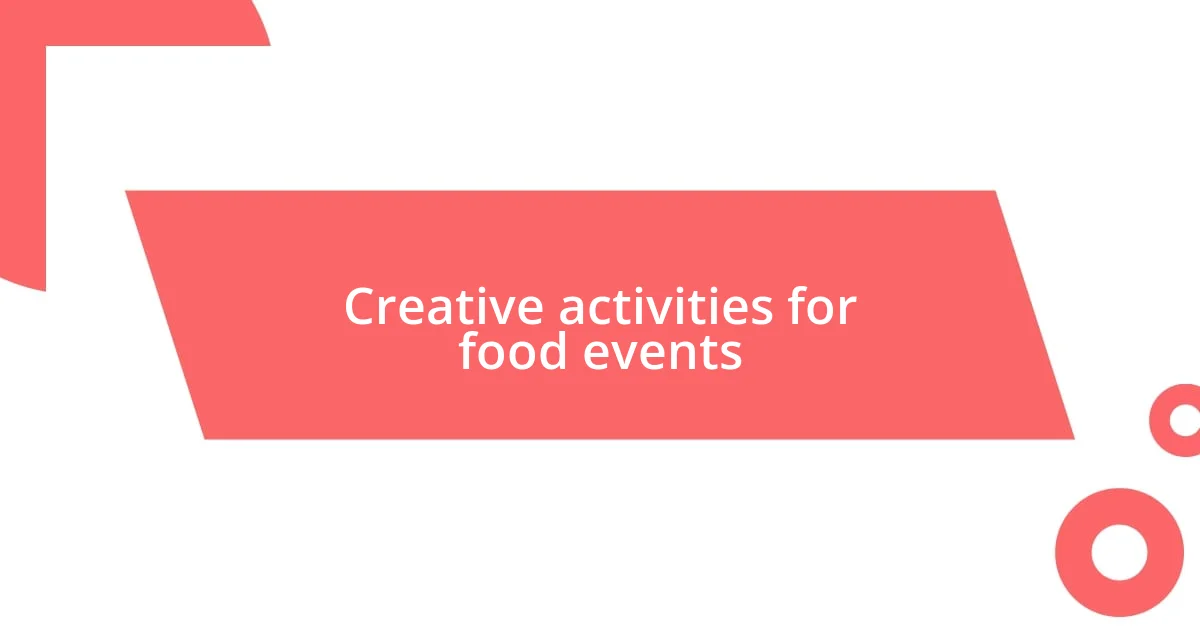
Creative activities for food events
One of my favorite creative activities at food events is hosting a themed potluck. I vividly remember one event where we all brought dishes from our cultural backgrounds. It was like a culinary world tour, and each bite felt like a story waiting to be shared. This experience made me realize just how much food can bridge gaps between different cultures—don’t you think it’s amazing how a simple dish can spark conversations and friendships?
Another engaging idea is to set up a DIY topping bar, whether for tacos, cupcakes, or even sandwiches. At a recent gathering, we created a nacho bar with all sorts of toppings, and I can’t tell you how much joy it brought to see everyone customizing their creations. Watching friends experiment with flavors and combinations ignited a sense of creativity. It turned out to be more than just food; it became a fun bonding experience! Have you ever noticed how a little creativity can transform a meal into a party?
Lastly, organizing a friendly cooking competition can be a roaring success. I took part in one where we had to create a dish using a mystery ingredient. The mix of excitement and nervousness was exhilarating! Not only did we taste some wildly inventive dishes, but we also cheered each other on like we were in a cooking show. The energy was infectious; it reminded me of how friendly competition can bring out the best in us while spotlighting local produce. Isn’t there a special thrill that comes from cooking something unique in a fun environment?
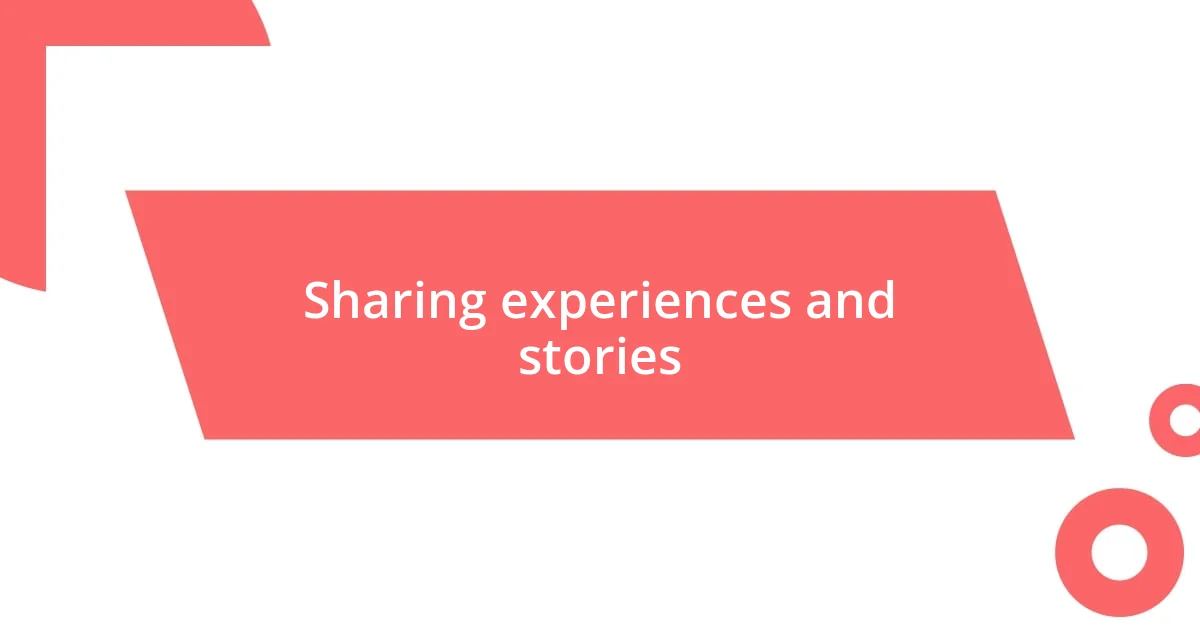
Sharing experiences and stories
Sharing experiences and stories at community food events creates a unique bond among participants. I remember sitting around a fire at a local food festival, listening to an elder recount her family’s recipes and the history behind them. It was as if each dish she talked about had its own heartbeat, resonating with laughter, love, and tradition. Doesn’t it amaze you how food can connect us to our roots and to one another?
During another community gathering, I found myself in a circle of people exchanging tales of their culinary successes and failures. One person hilariously recounted a baking attempt gone wrong, only for it to become a cherished family story. As we shared our own cooking mishaps and triumphs, a sense of camaraderie blossomed. Doesn’t that remind you of how vulnerability can foster genuine friendships?
I’ve also seen storytelling sessions paired with cooking demonstrations, where each dish prepared was accompanied by a personal narrative. I once participated in an event like this, where a young chef shared how a particular curry reminded him of his grandmother’s kitchen. As he stirred the pot, we were transported into his world—each ingredient a chapter of his life. Isn’t it incredible how a simple meal can weave the threads of our stories together?
